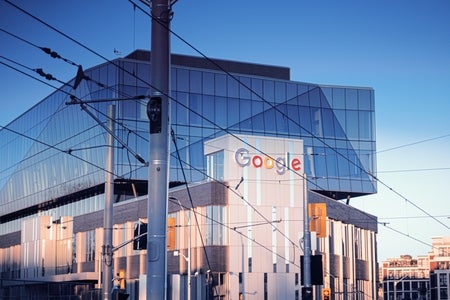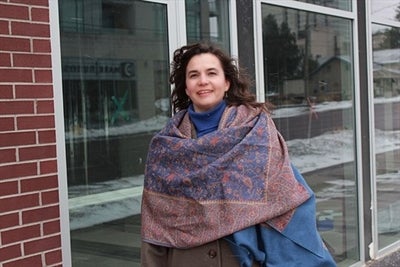Kitchener-Waterloo’s (K-W) rental market would benefit from more family-friendly options, according to a report from the University of Waterloo.
The report “Exploring Rental Housing Markets in Kitchener-Waterloo, Ontario” found there is likely an unmet need in the region’s housing market, particularly as it relates to the provision of affordable, large, family-friendly units with access to open space.
The report also found that renters may be willing to pay a premium for three or four bedroom townhomes near the downtown core as well as mid-density housing options outside the core, provided they were near sufficient amenities.

To learn more about the survey please read the Results of 2016 rental housing survey released by the Urban Growth and Change research group at the University of Waterloo
“With ongoing intensification efforts in K-W, we’re seeing that many of the buildings going up are one or two bedroom units,” said Dawn Parker, a planning professor at Waterloo and author of the report. “While there is demand for smaller units, the research, as well as what we’re hearing from realtors, tells us the area could use more family-friendly rental options.”
The report, compiled by Parker and Waterloo graduate student Xinyue Pi, analyzed survey responses from households that were renting in K-W and collected their views on preferred location, rental experience as well as their views on the upcoming LRT.

The report found there was demand for three-to-four bedroom units across all demographic groups and that renters did not have a strong preference to be surrounded by people like themselves in terms of income, education or ethnicity as long as the unit was safe and affordable. It also found that students in particular were paying a 10 per cent premium for their housing and that housing along the LRT corridor was 7.5 per cent more expensive than comparable options located away from the service.
“Although the research illustrates unmet demand for single detached housing, the results do not justify opening new lands for development,” Parker said. “There remains sufficient buildable land already inside our cities, and the costs of further sprawl—high infrastructure costs, traffic congestion, and loss of agricultural land and ecosystem services—in my view far outweigh the benefits of new low-density housing.”